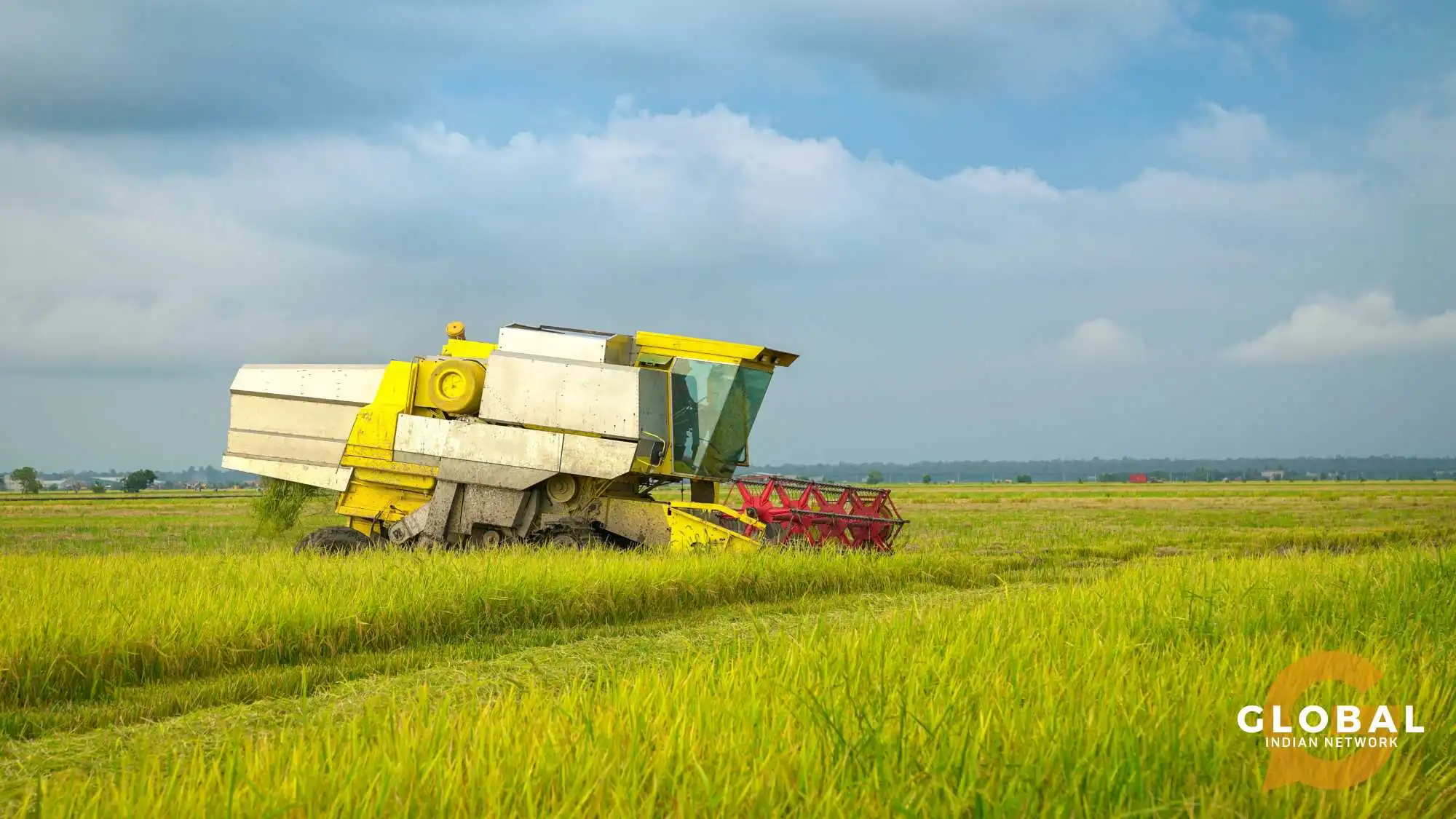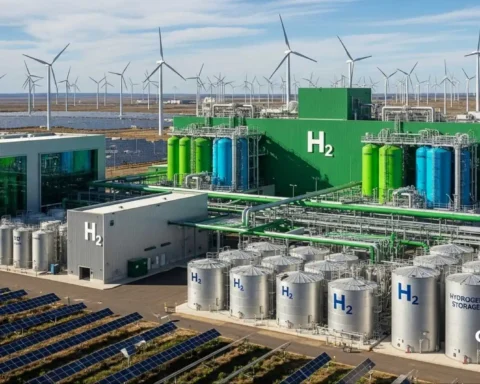In today’s fast-paced world, sustainable livelihoods have become more critical than ever, especially in rural areas. The Sustainable Livelihood Program (SLP) serves as a beacon of hope for transforming rural economies and improving the quality of life for marginalized communities. By focusing on sustainable livelihood programs, the SLP aims to provide poor and vulnerable households access to resources, skills, and opportunities that foster economic growth and social inclusion.
Table of Contents
Understanding the Sustainable Livelihood Program
The sustainable livelihood program is a comprehensive approach designed to alleviate poverty and promote sustainable development. It encompasses various sustainable livelihood initiatives that focus on enhancing the capabilities of individuals and communities to secure sustainable livelihood options. These programs target poor households, providing them with the tools and resources necessary to improve their economic status and reduce their vulnerability to external shocks.
The Importance of Sustainable Livelihoods
Sustainable livelihoods are essential for achieving long-term economic growth and stability. By promoting sustainable agriculture, natural resource management, and alternative livelihood options, sustainable livelihood programs help communities become more resilient and self-sufficient. This approach not only addresses immediate needs but also builds a foundation for future generations, ensuring that they have access to the resources and opportunities necessary for a life of dignity.

Key Components of the Sustainable Livelihood Program
The sustainable livelihood program is built on several key components that work together to create a holistic and sustainable approach to rural development as well as alleviate extreme poverty. These components include access to natural resources, capacity-building activities, and the provision of financial and physical assets.
Access to Natural Resources
One of the primary goals of the sustainable livelihood program is to improve access to natural resources for marginalized households. This includes promoting sustainable agricultural practices, conserving aquatic resources, and ensuring that communities have the necessary tools and knowledge to manage their natural assets effectively. By empowering communities to utilize their natural resources sustainably, the SLP helps to enhance agricultural productivity and support the livelihoods of rural households.
Capacity-Building Activities
Capacity-building activities are a crucial aspect of sustainable livelihood programs. These activities aim to enhance the skills and knowledge of individuals and communities, enabling them to take advantage of new livelihood opportunities. Training in areas such as sustainable agriculture, micro-enterprise development, and financial management helps to build the human assets necessary for long-term economic growth and resilience.
Access to Financial and Physical Assets
Access to financial and physical assets is essential for the success of sustainable livelihood programs. By providing start-up capital, seed capital funds, and other financial resources, the SLP enables poor and vulnerable households to invest in livelihood development projects. Additionally, the program supports the acquisition of physical and financial assets such as tools, equipment, and infrastructure that are necessary for sustainable livelihood operations.
The Role of Social Inclusion in Sustainable Livelihood Programs
Social inclusion is a fundamental principle of the sustainable livelihood program. By promoting social inclusion, the SLP ensures that all members of the community, including persons with disabilities and marginalized groups, have access to livelihood opportunities and resources. This inclusive approach helps to build a more equitable and just society where everyone has the chance to improve their quality of life and contribute to economic development.
Building Community Livelihoods
Community livelihoods are at the heart of sustainable livelihood programs. By fostering collective action and community-led initiatives, the SLP helps to create a sense of ownership and empowerment among rural communities. This collaborative approach not only strengthens social bonds but also enhances the effectiveness and sustainability of livelihood projects.
Enhancing Household Income
One of the primary objectives of sustainable livelihood programs is to increase household income for poor and vulnerable households. By providing access to credit, promoting micro-enterprise development, and facilitating employment opportunities, the SLP helps households to diversify their income sources and reduce their dependence on a single livelihood. This diversification is crucial for building resilience to economic and environmental shocks.

Challenges in Implementing Sustainable Livelihood Programs
Despite the numerous benefits of sustainable livelihood programs, several challenges need to be addressed to ensure their success. These challenges include limited access to resources, inadequate infrastructure, and the impact of climate change.
Limited Access to Resources
Limited access to resources is a significant barrier to the success of sustainable livelihood programs. To overcome this challenge, it is essential to improve the availability and accessibility of resources such as credit, training, and technical assistance. By enhancing access to these resources, the SLP can help to empower poor and vulnerable households to take advantage of new livelihood opportunities.
Improving Infrastructure
Inadequate infrastructure is another major challenge in implementing sustainable livelihood programs. Poor roads, limited access to markets, and lack of basic services such as healthcare and education can hinder the effectiveness of livelihood initiatives. To address this issue, it is crucial to invest in infrastructure development and improve the delivery of essential services in rural areas.
Impact of Climate Change
Climate change poses a significant threat to the sustainability of rural livelihoods. To mitigate its impact, sustainable livelihood programs must incorporate climate-smart practices and promote sustainable agricultural techniques. By building the resilience of rural communities to climate change, the SLP can help to ensure the long-term viability of their livelihoods.
Leveraging Technology for Sustainable Development
Technology has the potential to revolutionize sustainable livelihood programs. By leveraging digital tools and platforms, the SLP can enhance the delivery of training and technical assistance, improve access to markets, and facilitate communication and collaboration among stakeholders. Embracing technology can help to overcome some of the barriers to sustainable development and create new opportunities for rural communities.
ALSO READ:
- Opportunities and Challenges Associated with Sustainable Agriculture
- Maximizing the Economic Impact of Sustainable Agriculture
Conclusion
The sustainable livelihood program is a powerful tool for transforming rural economies and improving the quality of life for marginalized communities. By focusing on sustainable livelihood programs, promoting social inclusion, and addressing the challenges of limited resources, inadequate infrastructure, and climate change, the SLP can help to create a more equitable and sustainable world. The future of sustainable livelihood programs lies in their ability to adapt, innovate, and collaborate, ensuring that they continue to provide opportunities and support for those who need it most.

FAQs
What are the Sustainable Livelihood Programs?
Sustainable livelihood programs are initiatives designed to provide vulnerable and marginalized households with access to resources, skills, and opportunities that enhance their economic stability and resilience. These programs focus on promoting sustainable agricultural practices, micro-enterprise development, and capacity-building activities.
What is Meant by Sustainable Livelihood?
Sustainable livelihood refers to the ability of individuals or communities to maintain and improve their living conditions without depleting natural resources or harming the environment. It encompasses a holistic approach to poverty alleviation, emphasizing long-term economic growth, social inclusion, and environmental sustainability.
What is the Purpose of the Livelihood Program?
A livelihood program aims to enhance the economic well-being and quality of life of poor and vulnerable households by providing them with the necessary tools, resources, and opportunities to secure sustainable and resilient livelihoods. These programs aim to reduce poverty, improve income stability, and promote self-sufficiency.









